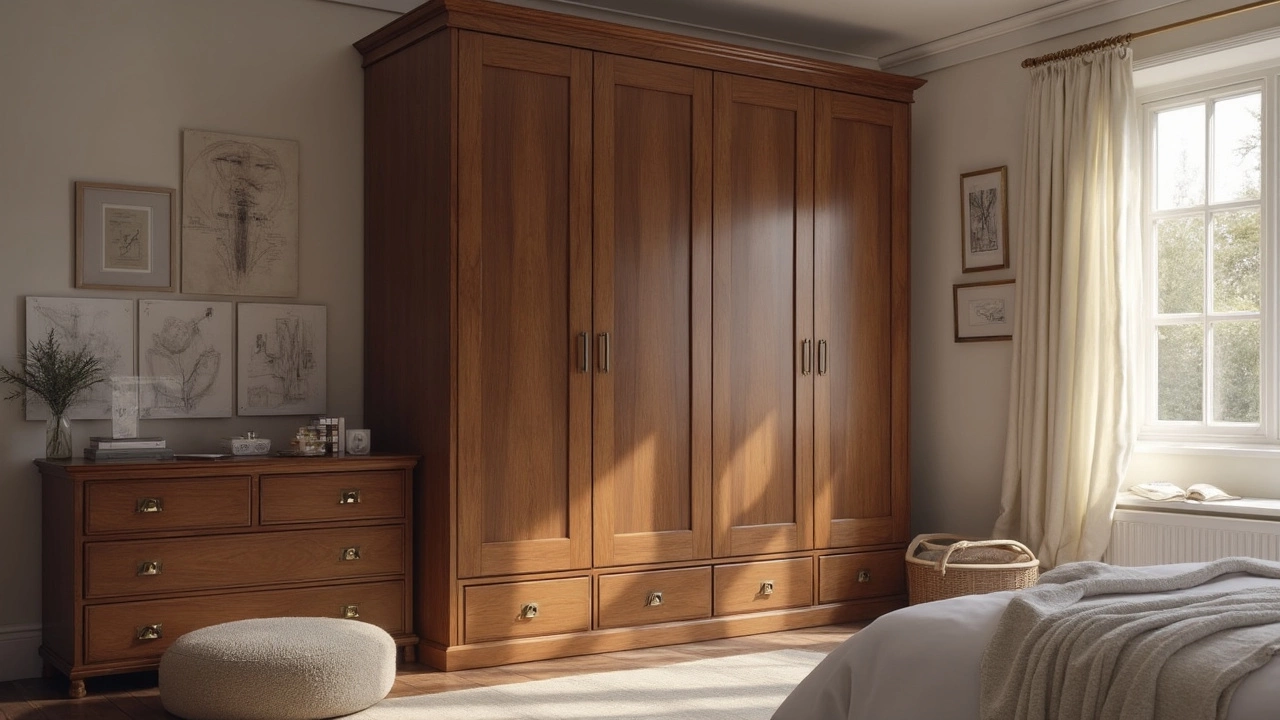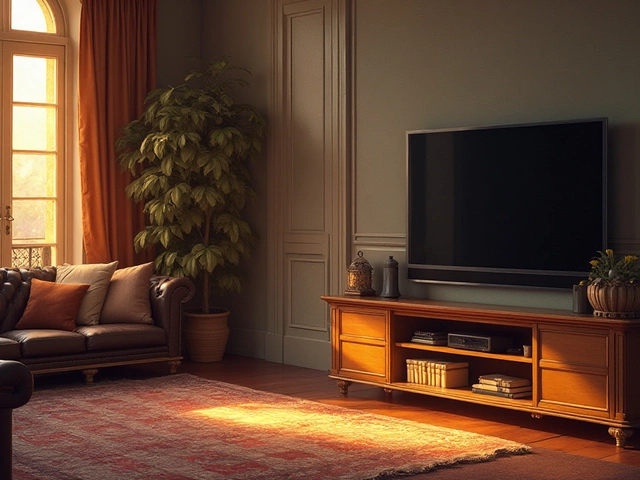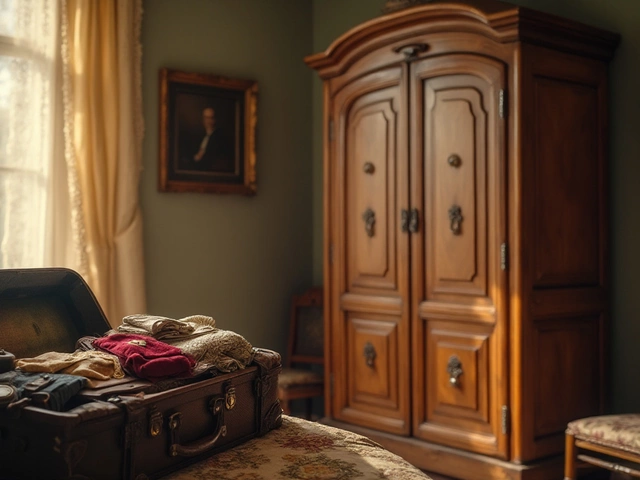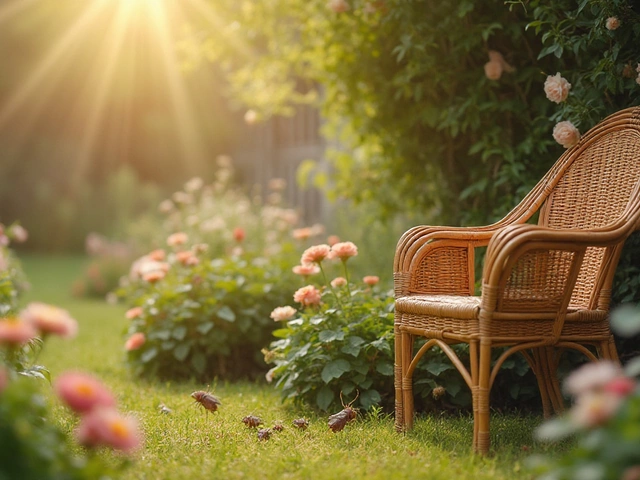Thinking about a fitted wardrobe but not sure about the costs? Well, you’re not alone. Fitted wardrobes are a fantastic way to maximize space and keep things organized, but they do come with a price tag. So, how much should you actually expect to spend?
First off, the price can vary quite a bit. On average, you might be looking at anywhere from £1,000 to £3,500 depending on several factors. And that's just the baseline! Consider the room size, materials, and design complexity, all of which can nudge the price up or down.
A key tip is to understand what’s included in your budget. Usually, the cost covers everything from design to installation, but it's worth double-checking to avoid surprise bills later. Oh, and don’t forget about potential extras like special finishes or fancy lighting. They can quickly add up!
Understanding the Basics
When you're considering getting a fitted wardrobe, it's important to grasp the basics before diving into design choices and costs. At its core, a fitted wardrobe is a customized furniture piece that's designed to fit seamlessly into your existing space, offering storage solutions tailored specifically for you.
Now, why go for a fitted option? Unlike standalone wardrobes, fitted ones utilize often-unused areas like corners or alcoves, ensuring every inch counts. This can be especially handy in awkward spaces where standard furniture just doesn't cut it.
Most fitted wardrobes are made from materials like MDF, plywood, or solid wood. MDF is budget-friendly and versatile, while solid wood might set you back a bit more but adds a timeless quality. Many folks choose MDF for its balance between cost and performance, especially when painted.
Design-wise, you've got options galore. From sliding doors to mirrored fronts, the choices seem endless, and each has its pros and cons. Sliding doors, for instance, are great in tight spaces since they don’t swing out.
When budgeting for a custom wardrobe, consider not just the upfront costs but also long-term value. It might feel like a hefty investment initially, but when you think about the added room for clothes, shoes, or whatever you need stowed away, it starts making sense.
A little anecdote: A recent survey revealed that homeowners might recoup up to 136% of the cost of a quality fitted wardrobe when it comes time to sell. So while it’s an investment, it could add to property value in the future.
Factors Affecting Costs
When you're looking at the fitted wardrobe cost, several factors play a big role in the final bill. Let's break down what can make your fitted wardrobe more expensive or help you save a bit of cash.
First up, size matters. The larger the wardrobe, the more materials you'll need, which naturally hikes up the price. So, it’s a good idea to measure your space accurately before getting quotes.
Next, the material choice is a biggie. Solid wood is usually on the pricier side, but it’s also durable and gives that classic look. If you're on a tighter budget, MDF with a nice veneer finish can still look great at a fraction of the cost.
Design complexity also plays a part. If you go for something bespoke with unique features or intricate designs, expect the cost to reflect that extra craftsmanship. But if you stick to simpler designs, you might save some pounds.
Don't forget about the installation costs, which include labor charges. Rates can vary based on who you're hiring—whether it’s a big company or a local tradesman looking for work.
Extras and add-ons can also sneak in and boost prices. Think about built-in lighting, mirrors, or specialty hardware; they all add up.
- Materials: Choose MDF or veneers for budget-friendly options.
- Size: More space equals more cost.
- Design: Simple designs save money.
- Installation: Compare quotes to find the best deal.
Remember, it’s all about balance. Find what’s important to you and your budget, and go from there!

Getting the Best Value
Finding the perfect balance between quality and cost for a fitted wardrobe can be tricky, but totally worth it. First things first, always compare quotes. Reach out to at least three different suppliers to get a sense of what's out there. Sometimes, two places might offer the same features at wildly different prices.
Another savvy tip is to consider local carpenters for your bespoke needs. They often charge less than big-name companies but offer similar, if not better, quality. Plus, local tradespeople tend to be more flexible with customization requests, which can be a big win if you have unique requirements.
Don't shy away from discussing your budget with potential suppliers. You'd be surprised how often businesses have room for negotiation, especially when they know there's competition. And always ask for a breakdown of the quoted price. Knowing the cost of different elements, like materials and labor, can help you decide where to cut back if needed.
Here's a little-known fact: standard sizes tend to be cheaper. If your room can accommodate it, opting for a wardrobe size that's more common can bring down costs significantly. Customized sizes are usually pricier because they involve more intricate work.
Lastly, keep an eye out for any warranties or guarantees. A solid guarantee not only adds peace of mind but often indicates the company stands by the quality of its product. So while a custom wardrobe expenses might seem hefty at first glance, a good warranty can make it more appealing in the long run.
Remember, getting the best value isn’t just about the price you pay, but the satisfaction and utility you get out of your fitted wardrobe.
Managing Your Budget
When it comes to planning for a fitted wardrobe, managing your budget like a pro is key. You don't want to dive into a project and run out of funds halfway through—been there, done that!
First things first, know your limits. Decide on an amount you’re comfortable spending before reaching out for quotes. It’s like shopping for shoes; you wouldn’t try on a pair you can't afford, right? Apply the same logic here.
Breaking down costs can help. Here’s what you should consider:
- Materials: Opting for solid wood or fancy finishes? Bear in mind, this could significantly affect the price. MDF is cheaper, while hardwoods like oak give premium vibes but with a heftier price tag.
- Size and Design: Got a big room? More space means more money. Think about keeping designs simple if you're on a budget.
- Extras: Fancy pull-out racks or hidden drawers are awesome but can sneakily inflate costs. Stick to must-haves to stay budget-friendly.
Keep cushions for unexpected costs. Sometimes, budgets go out of the window thanks to unplanned snags—like realizing the existing walls aren't as straight as you thought.
Talking to different suppliers is a smart move. Get multiple quotes and compare them. A bit like shopping around for car insurance but way more fun. You'll spot trends and might even snag a deal if you play competitors against each other.
Don't forget installation costs. It includes the labor, and maybe even delivery charges, so head’s up on that one too.
Lastly, it helps to ask about financing options. Some companies offer regulated plans, letting you spread the cost over a period. Being budget-savvy doesn’t mean missing out on dream features!



